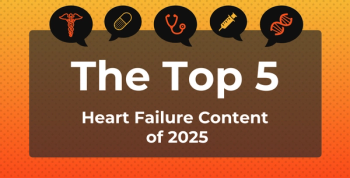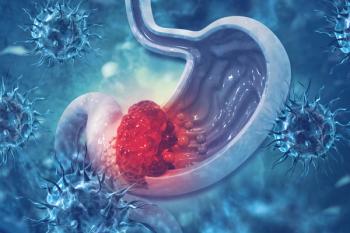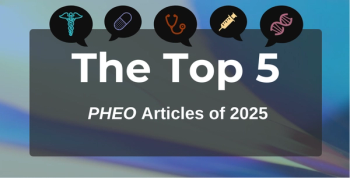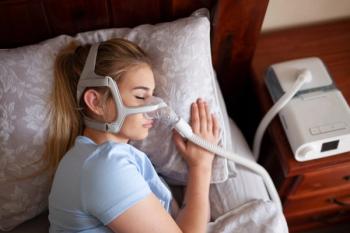
US Monkeypox Cases Number Nearly 3600 as HHS Approves Additional Vaccine
The number of monkeypox cases in the United States is close to 3600, the CDC said this week, and on Wednesday, HHS approved a supplement to the biologics license for a vaccine made by Bavarian Nordic to prevent smallpox and monkeypox.
As of Tuesday, the number of monkeypox cases in the United States is close to 3600, the CDC said.
On Wednesday, HHS said it expects to have an additional 786,000 doses of vaccine available after approving a supplement to the biologics license for the Jynneous vaccine, which is made by Bavarian Nordic and approved to prevent smallpox and monkeypox.
Monkeypox is a less severe relative of smallpox, which is why
Globally, there are 19,188 cases, mostly in countries that have not historically reported monkeypox. The United States has more cases than any other country.
Initial symptoms include fever, headache, sore throat, cough, swollen lymph nodes, back pain, muscle aches, and fatigue. These symptoms are followed by a rash and painful lesions.
A case series published last week in
Nearly all patients (98%) were gay or bisexual men and most (75%) were White; 41% had HIV. Median age was 38 years. Sexual activity was suspected as the route for transmission for most (95%) of the cases.
The article noted that “symptoms include single genital lesions and sores on the mouth or anus. The clinical symptoms are similar to those of sexually transmitted infections (STIs) and can easily lead to misdiagnosis.”
Their results showed:
- 95% presented with a rash (with 64% having <10 lesions)
- 73% had anogenital lesions
- 41% had mucosal lesions (with 54 having a single genital lesion)
Certain features are common before the rash appears, the authors said, including fever (62%), lethargy (41%), myalgia (31%), headache (27%) and lymphadenopathy (56%).
Nearly a third of those tested had concomitant STIs.
Among the 23 individuals with a clear exposure history, the median incubation period was 7 days (range, 3-20).
Antiviral treatment was given to 5% of patients overall.
Seventy people (13%) were hospitalized, mostly for pain management for severe anorectal pain from lesions. Other reasons included soft-tissue superinfection, pharyngitis limiting the ability to swallow, eye lesions, acute kidney injury, myocarditis, and for infection-control purposes. There were no deaths.
The authors said cautioned that public health efforts must strive to ensure that messages do not ostracize at-risk groups and risk undermining testing, education, and prevention.
Monkeypox virus DNA was detected in 29 of the 32 persons in whom seminal fluid was analyzed, but the researchers said those findings might be incidental and that more studies are needed.
While
The classification of the monkeypox outbreaks has been a bit controversial, with some experts lobbying to change the name to prevent any racist or xenophobic connotations that may result from linking the zoonotic virus to Africa, ContagionLive
Reference
Thornhill JP, Barkati S, Walmsley S; SHARE-net Clinical Group, et al. Monkeypox virus infection in humans across 16 countries—April–June 2022. N Engl J Med. Published online July 21, 2022. doi:10.1056/NEJMoa2207323
Newsletter
Stay ahead of policy, cost, and value—subscribe to AJMC for expert insights at the intersection of clinical care and health economics.







































